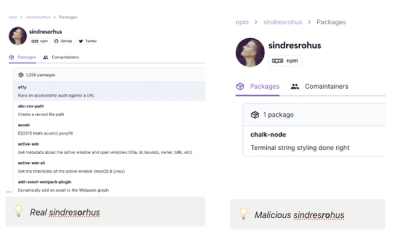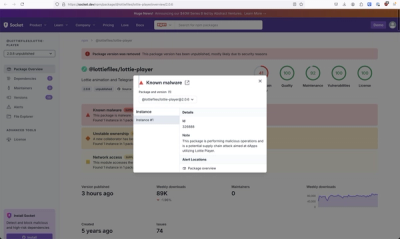grunt-ng-annotate
Add, remove and rebuild AngularJS dependency injection annotations.
Getting Started
This plugin requires Grunt.
If you haven't used Grunt before, be sure to check out the Getting Started guide, as it explains how to create a Gruntfile as well as install and use Grunt plugins. Once you're familiar with that process, you may install this plugin with this command:
npm install grunt-ng-annotate --save-dev
Once the plugin has been installed, it may be enabled inside your Gruntfile with this line of JavaScript:
grunt.loadNpmTasks('grunt-ng-annotate');
The "ngAnnotate" task
Overview
In your project's Gruntfile, add a section named ngAnnotate to the data object passed into grunt.initConfig().
grunt.initConfig({
ngAnnotate: {
options: {
},
your_target: {
},
},
})
Options
The ngAnnotate task accepts a couple of options:
{
add: true|false,
remove: true|false,
regexp: regexp,
outputFileSuffix: string,
transformDest: function (sourcePath) {},
}
Note that both add and remove options can be set to true; in such a case ngAnnotate first removes
annotations and then re-adds them (it can be used to check if annotations were provided correctly).
Usage Examples
TODO
Contributing
In lieu of a formal styleguide, take care to maintain the existing coding style. Add unit tests for any new or changed functionality. Lint and test your code using Grunt.
Release History
(Nothing yet)
License
Copyright (c) 2013 Laboratorium EE. Licensed under the MIT license.



